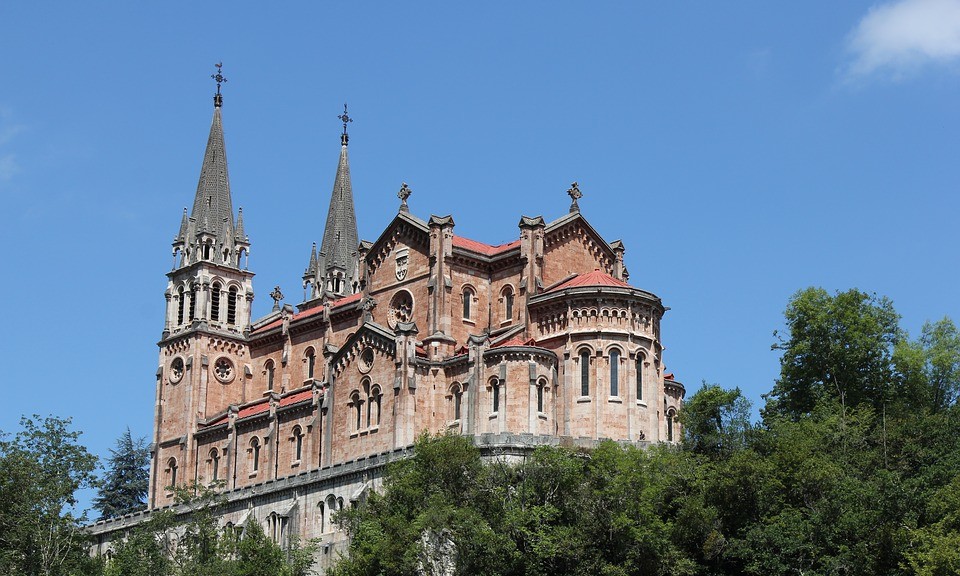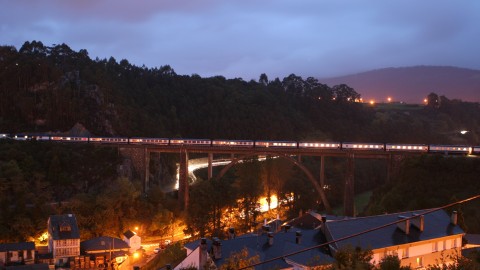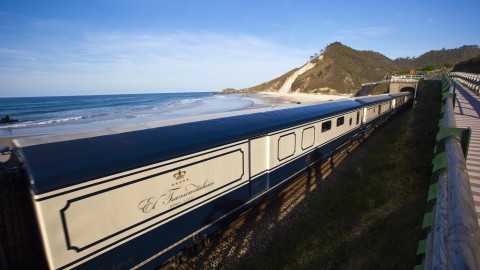The image of the Virgen of Covadonga reminds us and brings to life what she meant in the salvation story, for Jesus and for his disciples past and present. The "Santina" is an image of Mary which forms an integral part of the Asturian people through history, through ancient tradition, through word of mouth from generation to generation, and through personal religious experience. Deeply rooted in the people of this land, it constitutes one of the strongest, most powerful convocational symbols that the Asturians have.
Covadonga is a name which designates a reality. This reality contains several meanings. Covadonga is in Asturias. Its physical dimensions are contained within the natural evolution of this land. Its historical and cultural dimension is integrated in the millenarian progress of this society. More than that, Covadonga is at the very origins of what has been and still is Asturias. From this seed Christian Spain grew and developed into a wall which stopped and defeated the Islamic invasion. Thus it was here that Europe was saved as a universe of rational enlightenment, liberty, humanism and transcendence. It is therefore well worth coming with open eyes to this place where nature and history, height and depth, strength and beauty, intimacy and universal projection all merge.
How was this landscape formed? The geological foundations are divided into two different areas. The first is the earlier western area, formed by silicon rocks, with its rounded, dark forms of severe beauty which dominate this part of our region. The central-oriental area was formed in the carbon period, due to which the area is dominated by limestone rocks, which are easily eroded. Here these conditions have created the Picos de Europa mountains, on the edge of which lies Covadonga valley.
Thus mount Auseva, the surprising mouth to the Cave, the waterfall underneath it, are all the final product of an erosive action which started millions of years ago. The vegetation which cover them combines species which survived the glacial period with others which developed after the warmer climate of the Neolithic period. This brought agriculture, the taming and use of animals, and, in the end, the use of metals which allowed man to work on and form his environment, which explains many aspects of the today"s landscape.
Why is this sunken cavity in the grey limestone wall which the mountain rests on known as Covadonga? This is not an ambiguous flourish or a linguistic whim. It is not something vague creating confusion or ambiguity. It is a strong presence which imposes a precise definition; Moreover, a woman, and not subject to any yoke. The Latin title is: Cova Dominica o or Cave of the Lady. Linguistic evolution through abbreviation has converted dominica into donga, hence Covadonga. domínica acabó en donga . Y resultó Covadonga.Let us approach and contemplate this extraordinary Lady.

Itineraries
<p>Itineraries that allows you to visit this point of interest</p>



